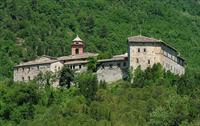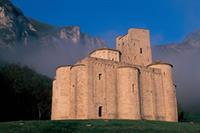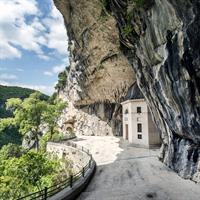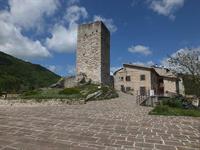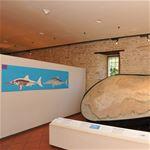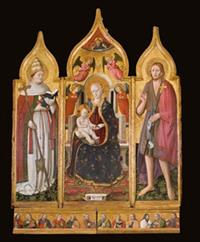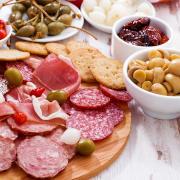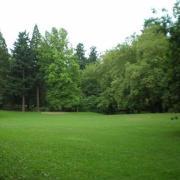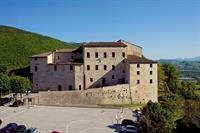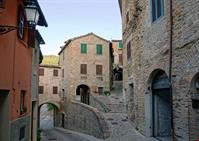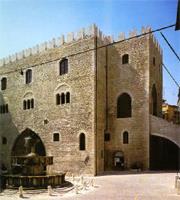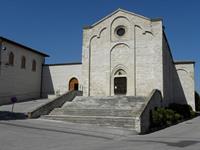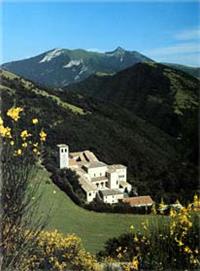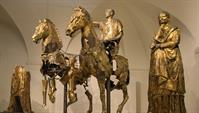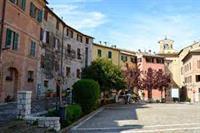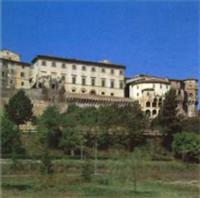GENGA
Genga
è un piccolo borgo medievale, accuratamente ristrutturato, paese natale di Papa
Leone XII dei Conti della Genga. Bandiera Arancione Touring Club, il Comune è
proprietario del complesso ipogeo Grotte di Frasassi (www.frasassi.com, gestito da Grotte di Frasassi Srl), all'interno del Parco Naturale Regionale della Gola della Rossa e di
Frasassi.
Le
origini di Genga sono legate al monastero di S. Vittore e a Pierosara, l’antico
Castello Petroso, centro di un gastaldato longobardo, sotto la cui
giurisdizione ricade probabilmente il castello nell’alto Medioevo.
Le
prime notizie di Genga risalgono ad un contratto del 1090 con cui l’abate di S.
Vittore concede in enfiteusi il castello con altre proprietà ai conti della
Genga, il cui capostipite è identificabile nel conte Alberico.
L’antica
porta di accesso fortificata, dove ancora sono visibili gli alloggiamenti delle
guardie, introduce al paese che è stato interamente costruito sulla roccia. Oltre
alle chiese di San Clemente e Santa Maria Assunta è possibile visitare il museo
"Arte, Storia Territorio".
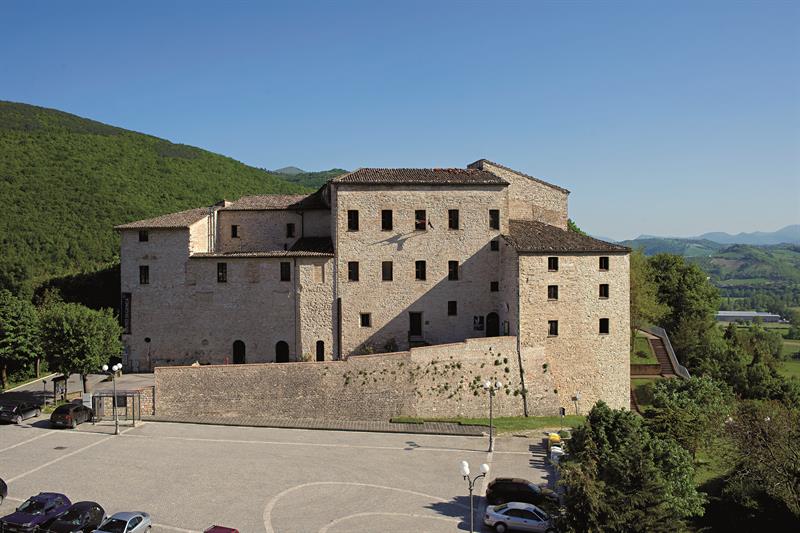
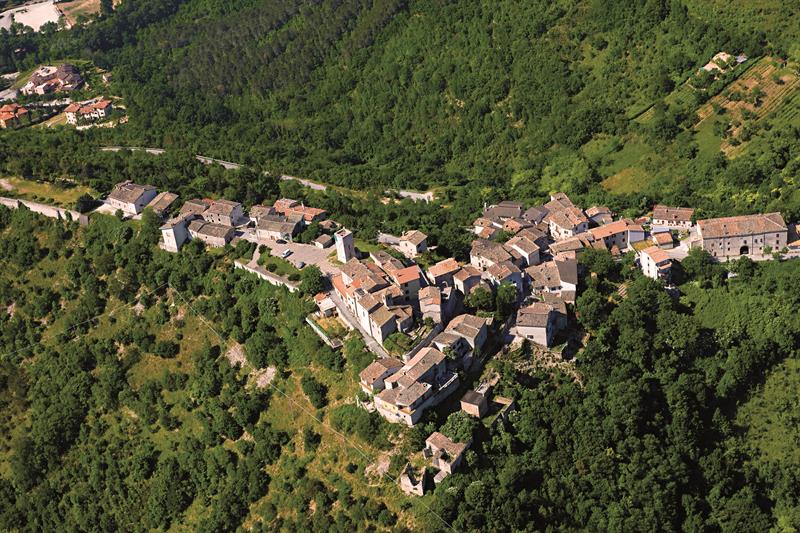
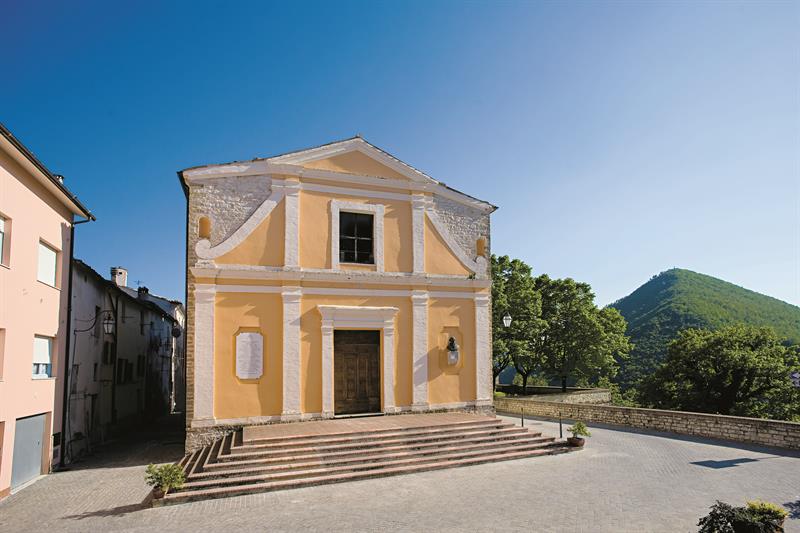
Gola di Frasassi e Venere di Frasassi
La
Gola di Frasassi è una profonda e stretta valle lunga quasi tre chilometri,
scavata dal fiume Sentino tra le pareti calcaree del Monte di Frasassi e del
Monte Vallemontagnana.
Lungo
le pareti della gola si aprono una serie di grotte che sono state frequentate
dall’uomo nei vari periodi della preistoria e della storia.
Le
grotte di Frasassi non sono state utilizzate solo come abitazioni o ripari
temporanei, ma dal Paleolitico all’età del Bronzo sono state frequentate spesso
come luoghi di culto.
Dalla
grotta della Beata Vergine di Frasassi proviene una delle più antiche e
importanti manifestazioni artistiche dell’uomo paleolitico in Italia, la Venere
di Frasassi, una statuetta risalente a 28.000-20.000 anni fa. Scoperta
casualmente nel 2008, la statuetta, realizzata su un frammento di stalattite, è
alta 8,7 centimetri e pesa poco più di 60 grammi. L’immagine, imponente
nonostante le ridottissime dimensioni, mostra una figura femminile
nell’atteggiamento inconsueto di protendere in avanti gli avambracci, con le
estremità giunte quasi in segno di preghiera o di offerta.
La
Venere di Frasassi è custodita al Museo Nazionale Archeologico delle Marche di
Ancona. Il Museo di Genga ospita una copia del reperto e un monitor
autostereoscopico che permette la visualizzazione 3D dell’originale - la Virtual
Venere.
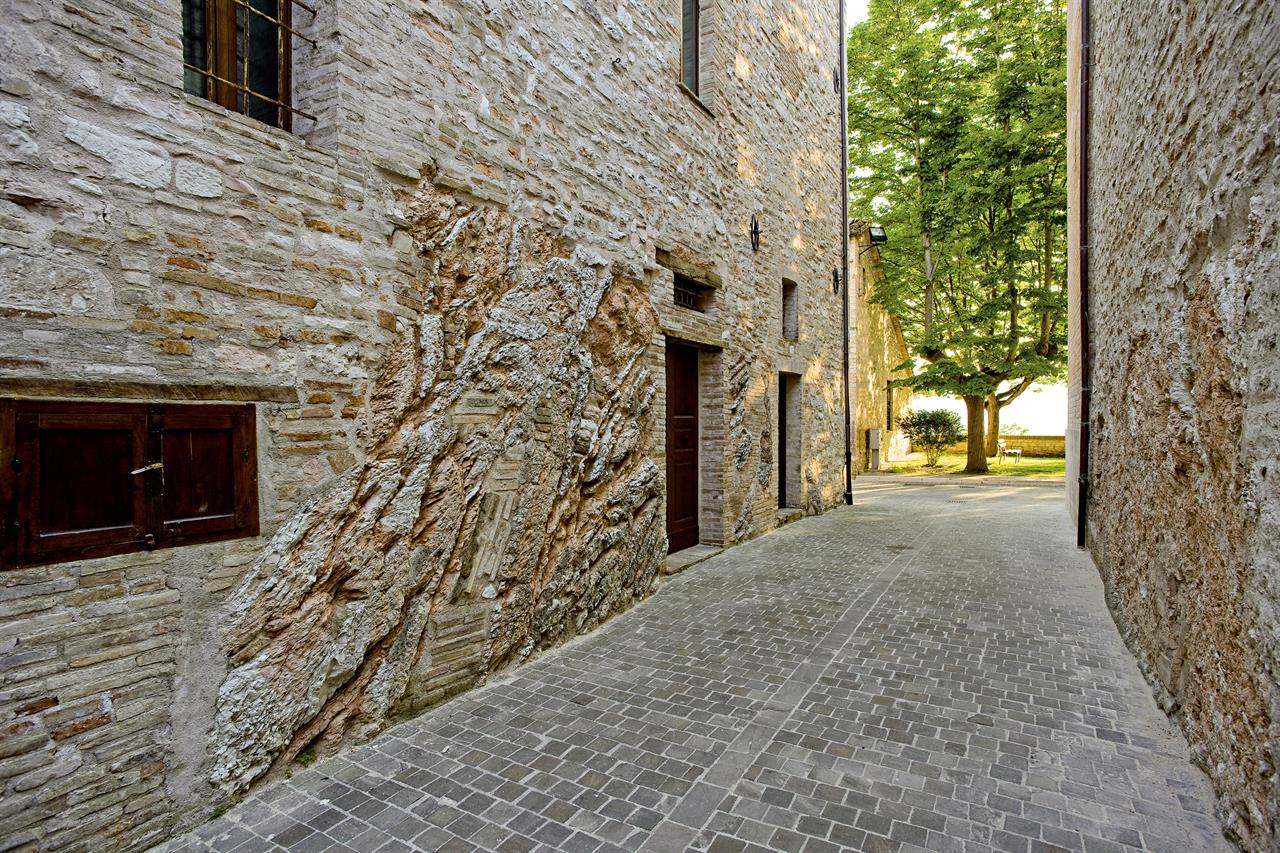
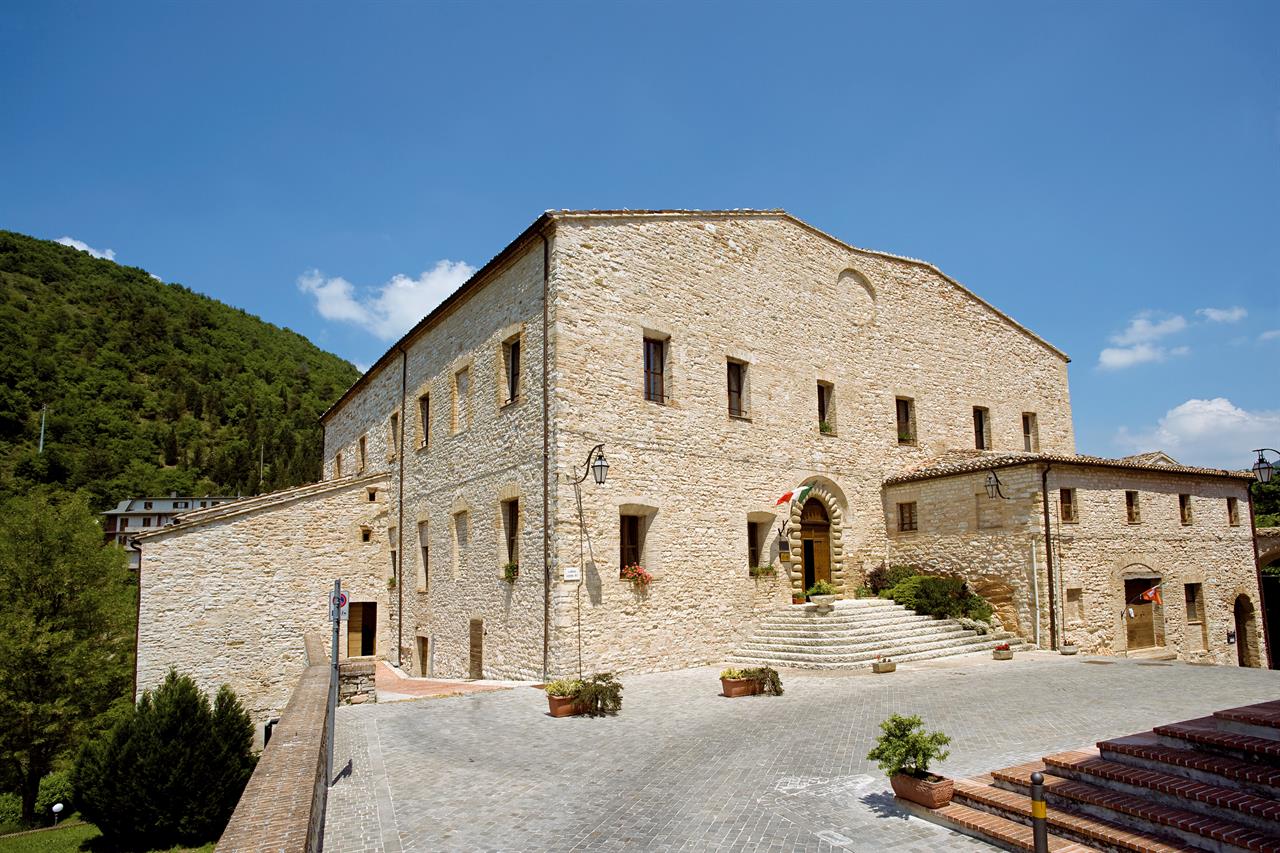
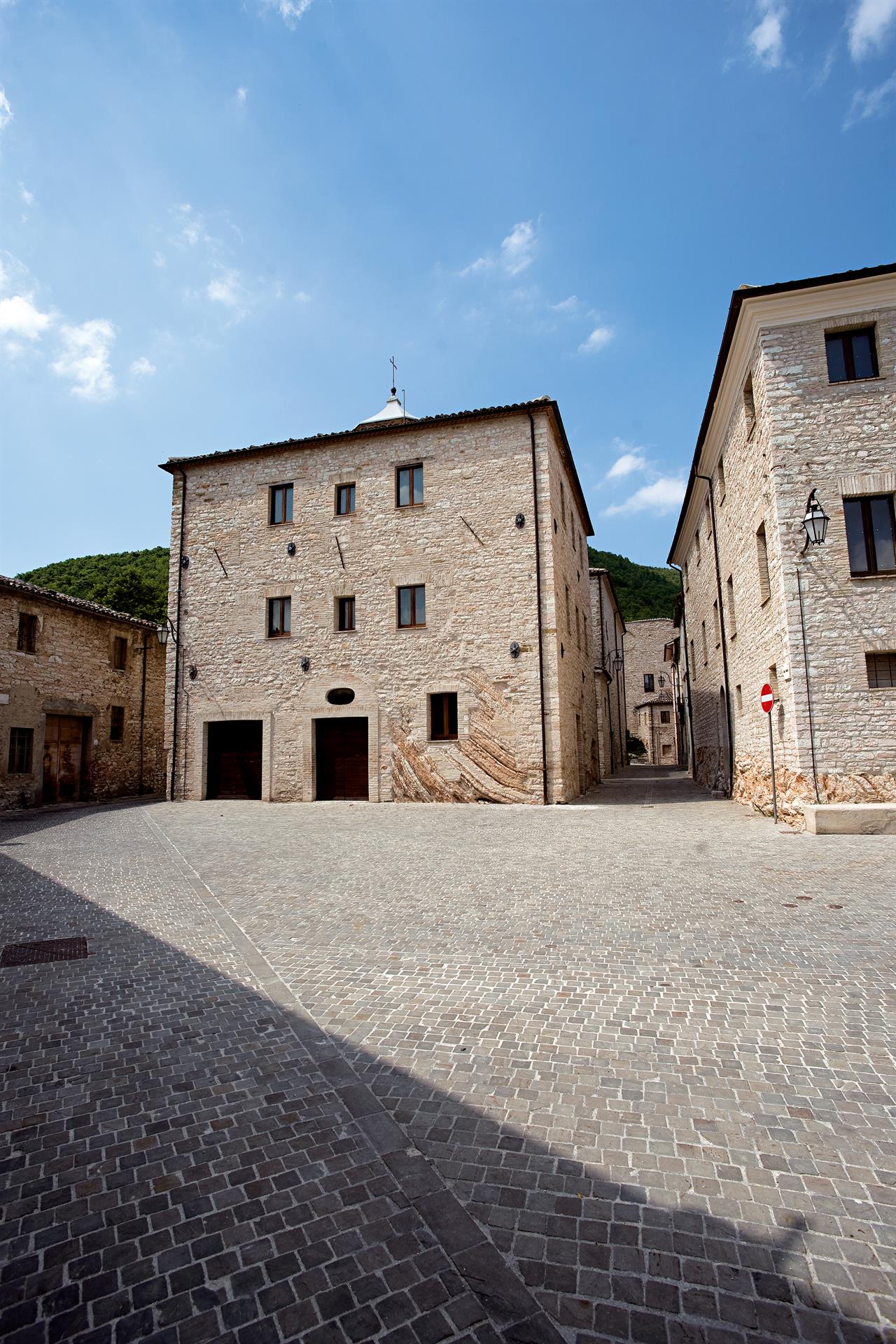
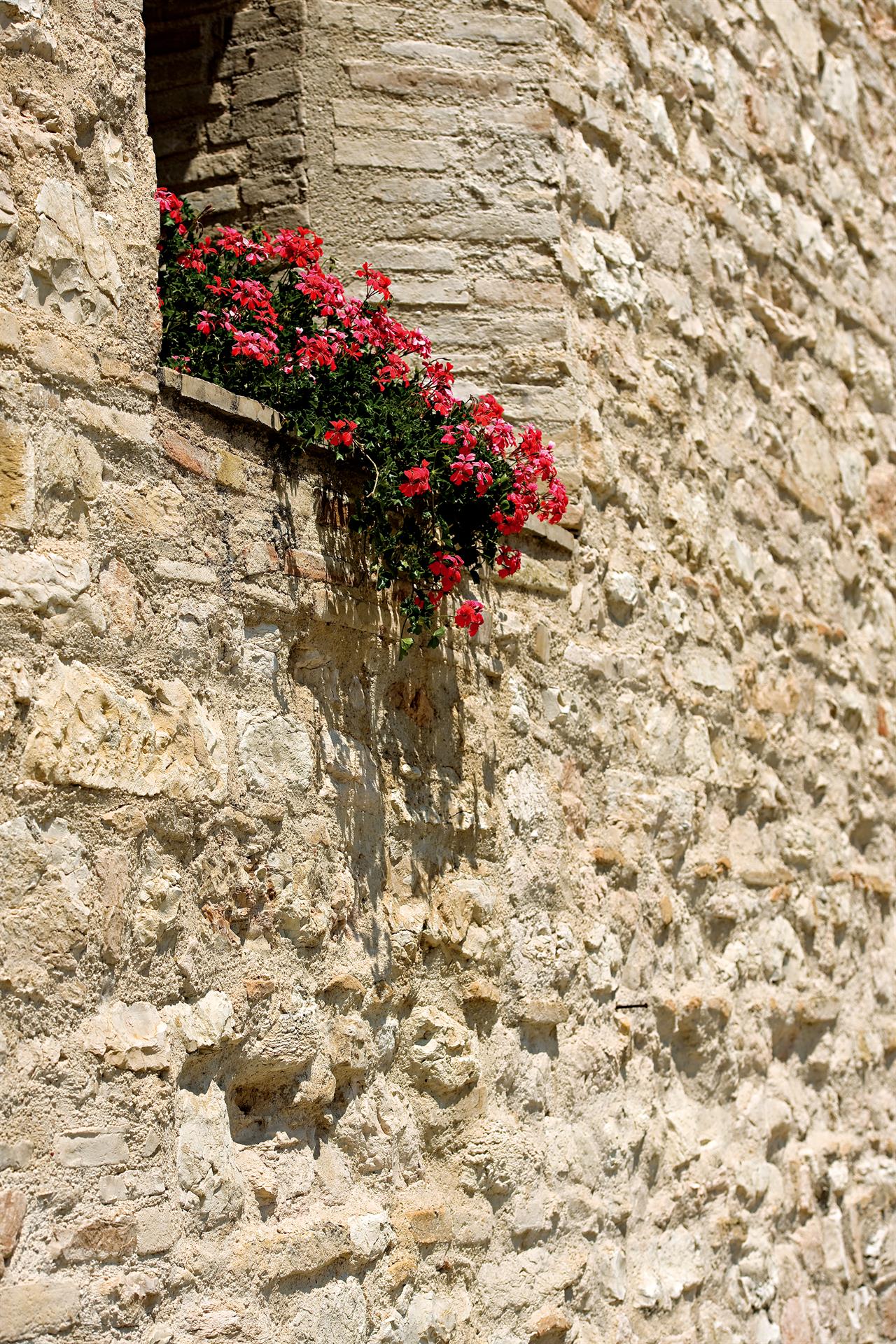
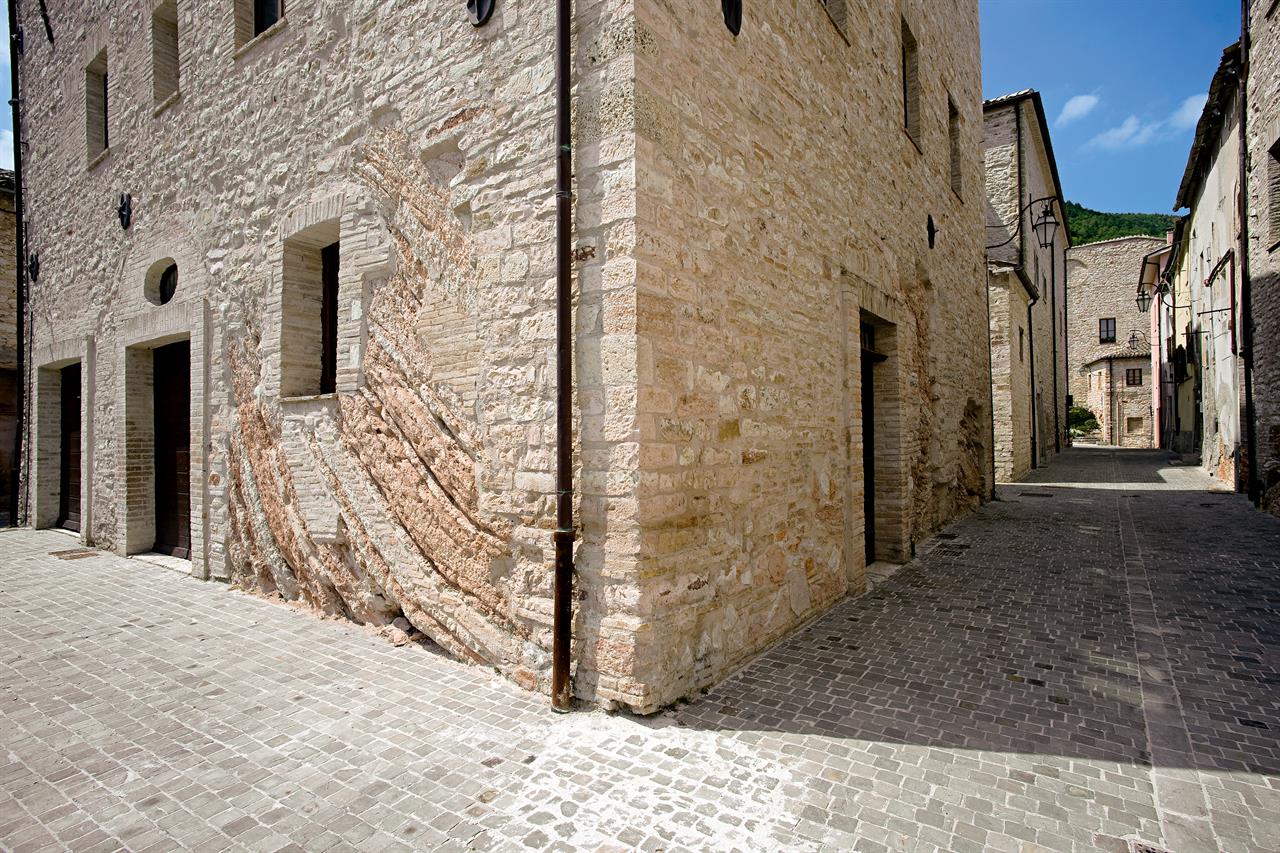
Servizi
 Accesso Disabili
Accesso Disabili Giardino
Giardino Parcheggio esterno
Parcheggio esterno Ristorante
Ristorante